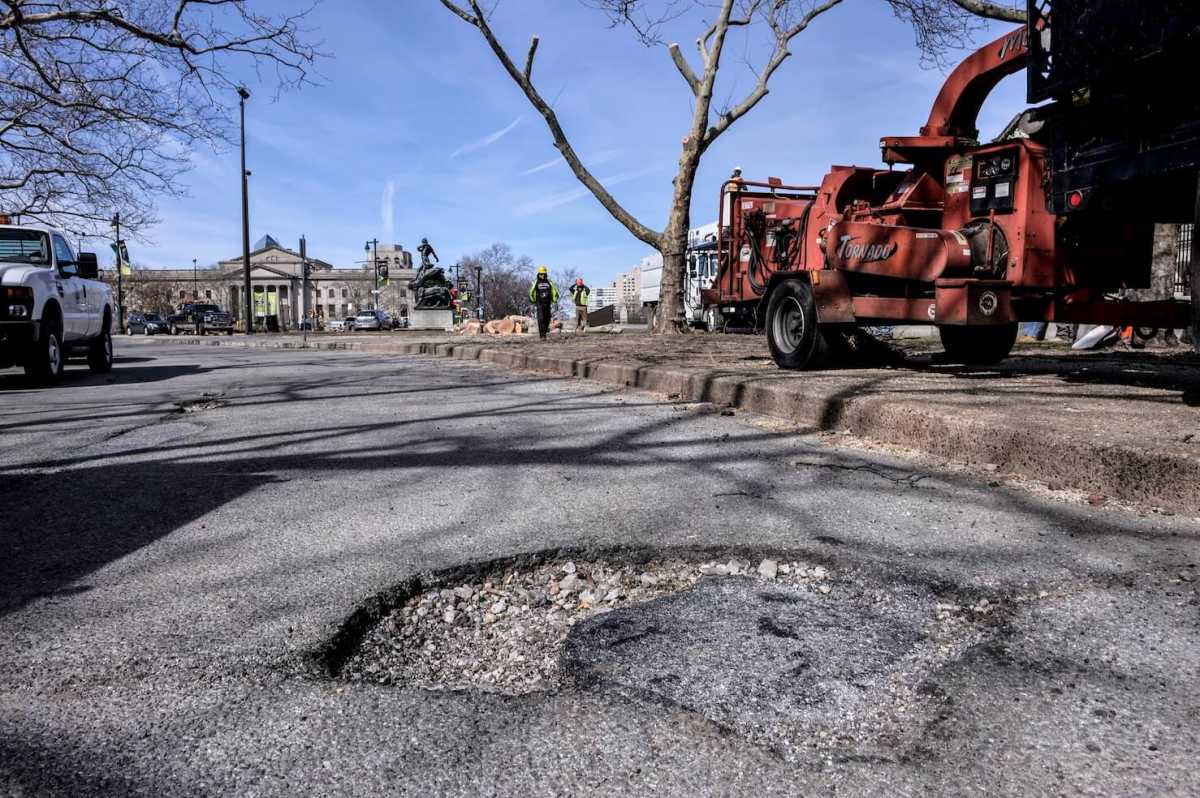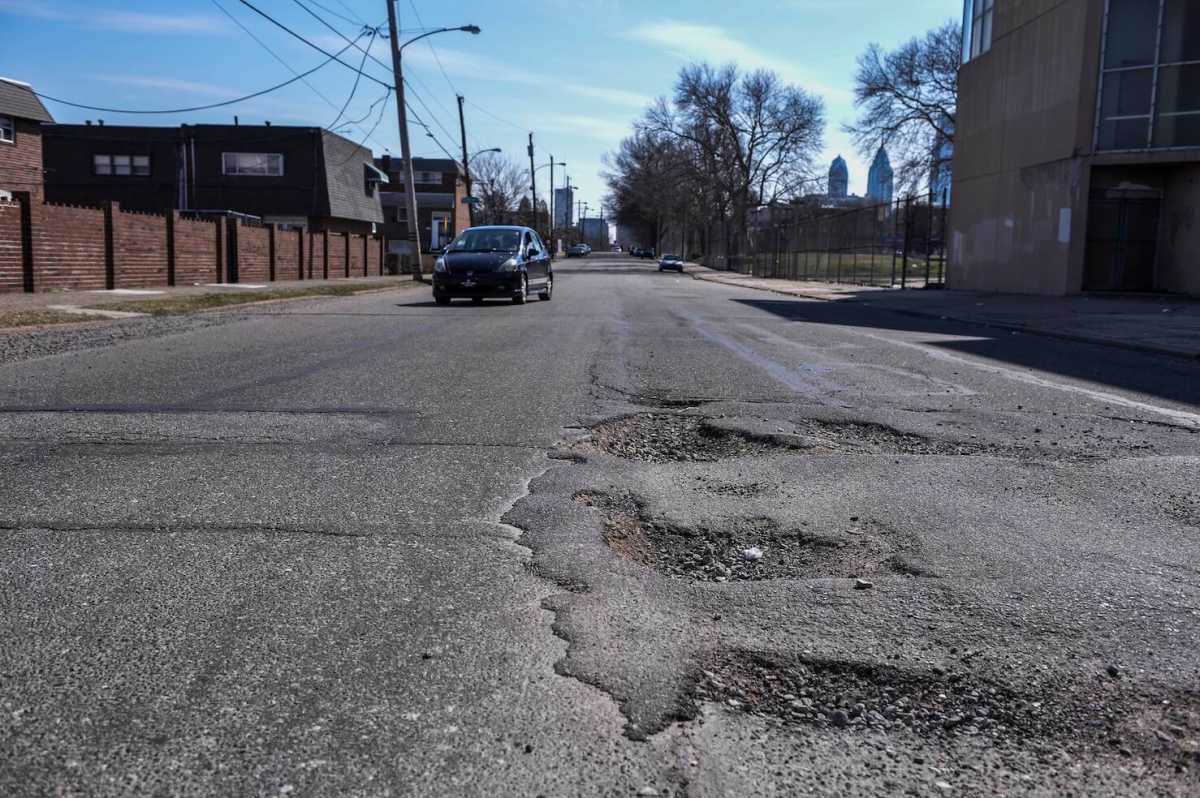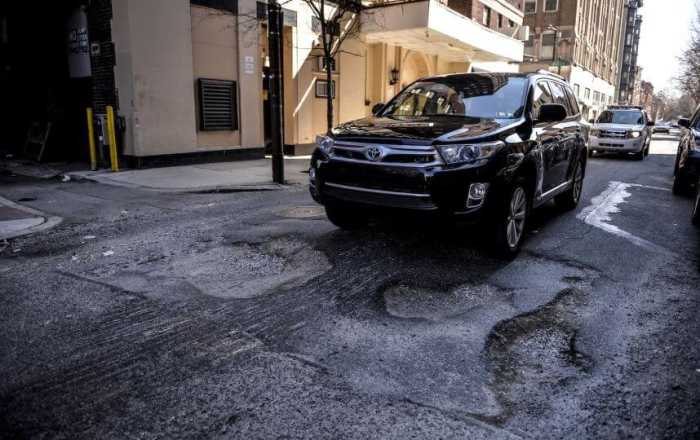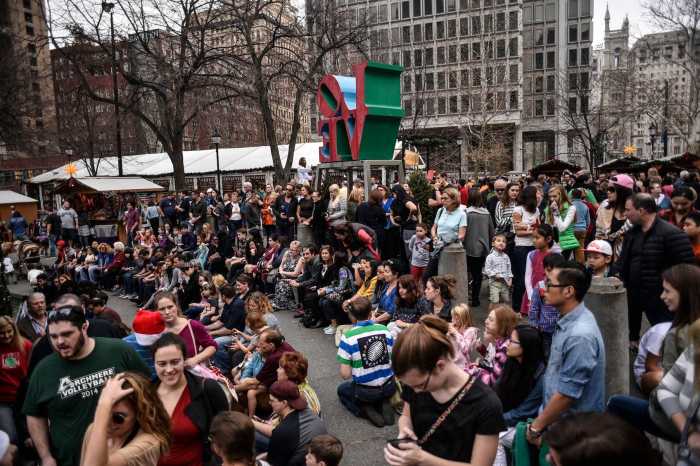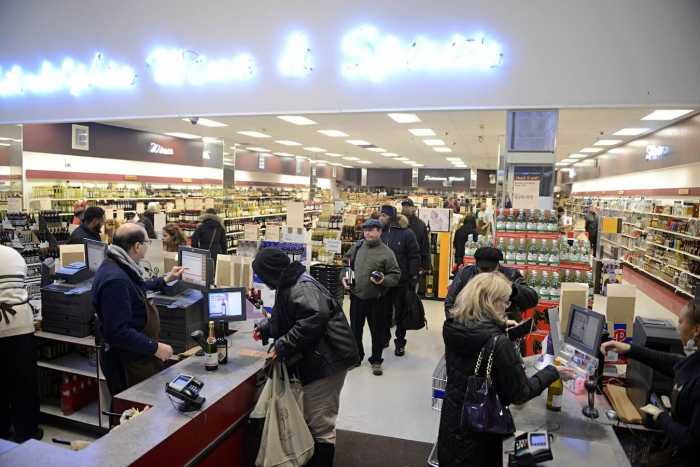#Messageinapothole
Do you want to send a message to city leaders that you’re fed up with potholes?
In a bid to conquer the potholes, Metro is inviting readers to send in the worst potholes in the Philadelphia and South Jersey regions.
Tweet your pictures @Metrophilly, post them on our Facebook, or email them to sam.newhouse@metro.us. Make sure to tag it #messageinapothole.
The most insane potholes will be pitted against each other in an online poll, and the winner will get published. Your pothole might even get fixed, too.
Submitted potholes may be decorated.
Potholes are nothing new, but there’s no easy solution
Whether you walk, bike, drive, or take a bus, you’ve encountered the potholes that have opened up all around Philadelphia in recent months.
“Berks and Front streets might as well be a dirt road, it’s been repaved and patched up so many times,” said Clay Simmons, 38.
“Terribly slow,” was how Clarisa Parker characterized the city’s response to potholes.
But officials say they’re working as fast as they can.
“We want to get the streets back into a state of good repair, and we’re gonna do whatever it takes to get there,” said Stephen Lorenz, chief highway engineer for the Philadelphia Streets Department.
The Streets Department has filled in 15,528 potholes since Jan. 1 as of Thursday, March 19.
In 2014, 52,756 potholes were filled. That’s more than twice as many as the 20,000 or so the department saw in past years during less harsh winters.
The Streets Department is repaving streets to make them less vulnerable to potholes, but they can’t do them all. They resurfaced 25 miles last year, and has about 60 miles planned this year — far short of the 130-mile per year goal that would put them in good shape, Lorenz said.
“We’re trying to pick the worst of the worst,” he said. “Hopefully we’ll be able to get some of those nastier, pothole-ridden streets done under our repaving program.”
Not all potholes get filled with asphalt. To keep repairs moving, the Streets Department sprays holes with emulsifier or tar and packs them with loose stone and gravel. Traffic beats the material down, creating what Lorenz called “a permanent solution.”
Parker doubts that.
“That black stuff they put in — a car goes over it rolls right out.”
Meanwhile, PennDOT is set to repave about 300 miles in the five-county region this year, said spokesperson Charles Metzger.
PennDOT poured 2,373 tons of asphalt between Dec. 1 and March 17 as part of road repairs, he said. That’s about half as much as the 5,437 tons they poured in that same period last year.
“Last winter there were lots of freeze-thaw cycles,” he said. “Water, rain, or sleet gets in the cracks. When it freezes, the ice expands and pushes up and out on the asphalt. When it warms up, water contracts back into water form … When tires hits that asphalt, a pothole is born.”
To get your potholes repaired, call 311 or tweet at @PhillyStreets. For PennDOT streets, call 1-800-FIX-ROAD.



